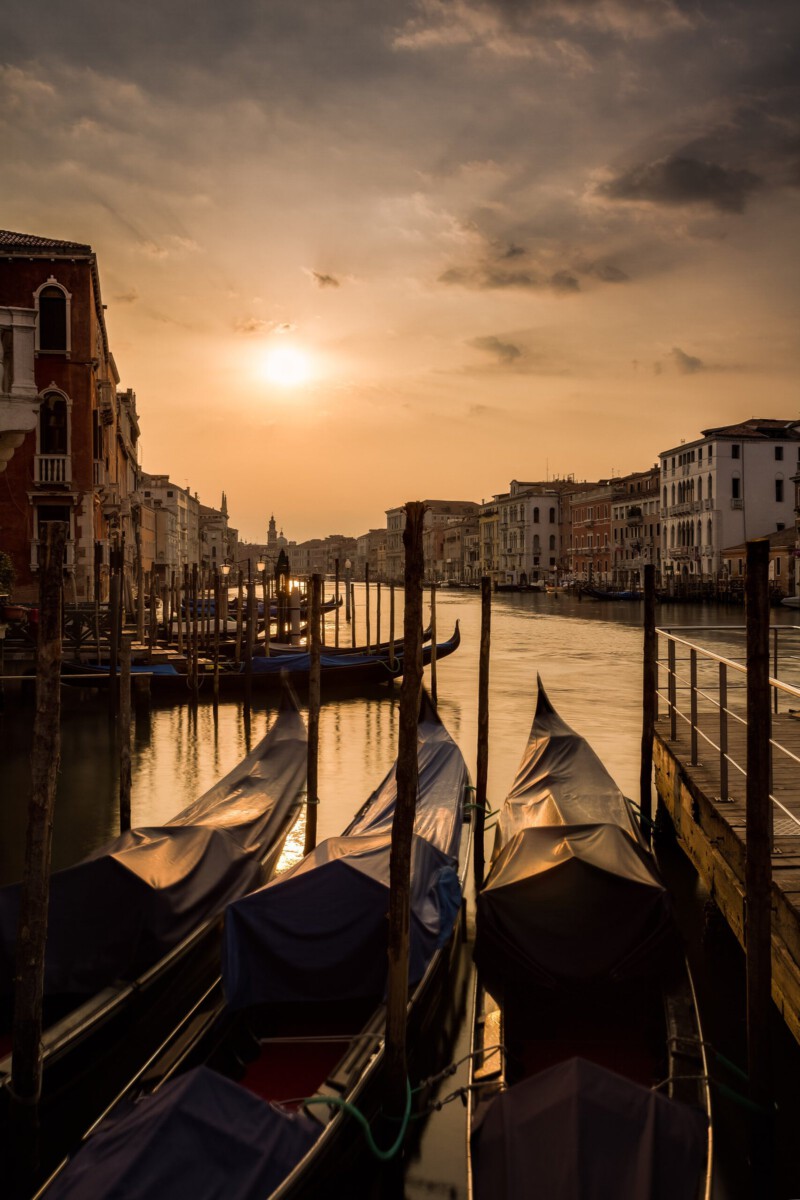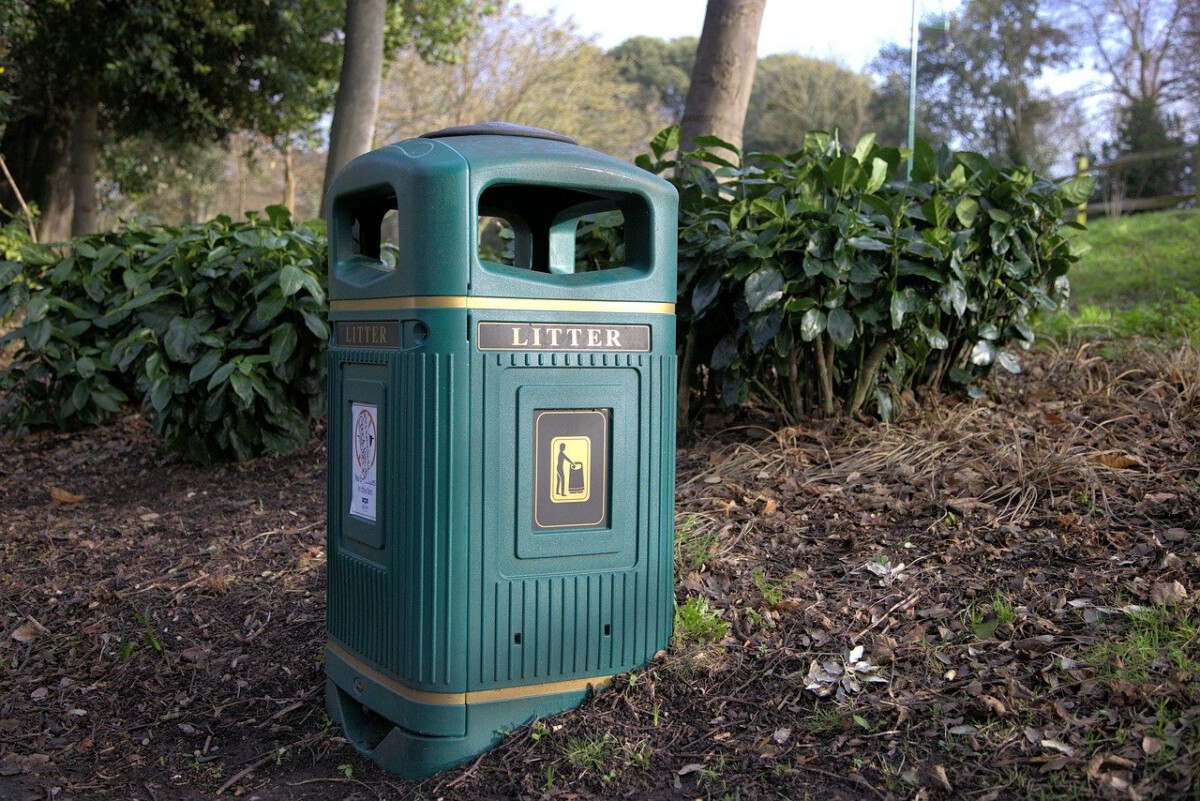The Science of Silence

Silence is more than just the absence of noise; it’s a powerful force that shapes our minds and bodies in ways we often overlook. Research published in the journal *Environmental Health Perspectives* highlights that just two minutes of silence can drop blood pressure and reduce cortisol, the body’s stress hormone. The human ear can technically detect sounds as low as zero decibels, but there are places where sound dips even lower, creating environments that feel almost otherworldly. These ultra-quiet locations are rare, and their acoustic properties are so unique that they can cause people to hear the sounds of their own bodies louder than ever before. Scientists have discovered that exposure to silence can improve focus, spark creativity, and even boost the immune system. In today’s world, where noise pollution is on the rise, the study of silence has become increasingly important. Understanding its effects helps us see silence not as emptiness, but as a rich, healing space. For those seeking peace or clarity, exploring the science behind silence can be truly eye-opening.
The Anechoic Chamber at Orfield Laboratories

Tucked away in Minneapolis, Minnesota, the anechoic chamber at Orfield Laboratories holds the title of one of the quietest places on Earth, measuring a mind-boggling -9.4 decibels. The chamber is lined with wedge-shaped foam that absorbs sound, making echoes impossible and creating a sensation many describe as surreal or even disorienting. Inside, everyday noises vanish, and visitors are left alone with the amplified sounds of their own heartbeat and even the blood rushing through their veins. This unique space is used for testing audio equipment, but also serves as a powerful reminder of how much we depend on sound to navigate the world. Many who visit the chamber report feelings of anxiety or discomfort, proving just how unfamiliar true silence can be. Orfield Laboratories has conducted studies revealing that most people cannot stay in the chamber for more than 45 minutes without becoming uneasy. The experience challenges our assumptions about silence as purely peaceful or calming. Instead, it shows us that true silence can be just as overwhelming as noise.
The Lake District: England’s Natural Sanctuary

The Lake District in England is celebrated not just for its breathtaking landscapes but also for its profound stillness. As a UNESCO World Heritage Site, this region welcomes millions each year who come seeking peace among its rolling hills and glassy lakes. The combination of low population density and strict conservation efforts means that the Lake District offers some of the quietest outdoor spots in the world. According to the National Trust, visitors often describe feeling a deep sense of calm and inspiration as they hike through secluded valleys or sit beside tranquil waters. The area is dotted with hidden corners where the only sounds are birdsong or the gentle lapping of water. This immersion in natural quietude is increasingly rare, especially as urban noise spreads further into rural areas. The preservation of these silent spaces is essential, not only for wildlife but for people craving escape from the constant noise of daily life. The Lake District stands as a living reminder of the restorative power of silence in nature.
The Silent Room at the National Museum of Nature and Science, Tokyo

In the heart of bustling Tokyo, the National Museum of Nature and Science offers a Silent Room designed to give visitors a rare moment of peace. This specially engineered space is constructed with layers of soundproofing material, effectively shielding it from the city’s relentless noise. The Silent Room isn’t just about comfort—it’s an interactive exhibit that educates people about how silence impacts mental and physical health. Studies cited by the museum suggest that moments of quiet can improve concentration, spark creativity, and lower stress levels. The room has become a popular spot for city dwellers and tourists alike, many of whom leave feeling more relaxed and mindful. The exhibit also highlights the growing movement to create quiet spaces in urban environments, where noise pollution is a daily challenge. Visitors are encouraged to reflect on their own experiences with silence and consider its importance in their lives. This initiative in Tokyo shows that even in the busiest cities, a pocket of true stillness can make a world of difference.
The Hoh Rain Forest: America’s Quiet Refuge

The Hoh Rain Forest, nestled in Washington State’s Olympic National Park, is famous for its lush greenery and astonishing silence. The thick canopy and dense undergrowth don’t just create a visual wonderland—they also absorb sound, making the forest one of the quietest outdoor spaces in the United States. According to the National Park Service, the Hoh Rain Forest receives over 12 feet of rain each year, supporting a vibrant ecosystem and deep layers of moss that further dampen noise. Visitors often report that the stillness is so intense, it feels as if time itself has slowed down. Here, the only sounds are the occasional rustle of leaves, distant bird calls, or the soft patter of rain on foliage. For many, the forest offers a rare opportunity to disconnect from technology and reconnect with the rhythms of nature. Researchers have noted that time spent in such quiet environments can reduce anxiety and promote a sense of well-being. The Hoh Rain Forest stands as a testament to the healing potential of natural silence.
The University of Salford’s Anechoic Chamber

The world’s quietest place is believed to be the anechoic chamber at the University of Salford in England, which has been measured at an astonishing -20.3 decibels. Unlike any ordinary room, this chamber is a scientific marvel designed to eliminate all external noise and echoes. Researchers use it for testing sensitive sound equipment and exploring how humans react to extreme silence. Many who enter the chamber describe it as unsettling, with the silence so deep that it becomes possible to hear internal bodily sounds, such as the grinding of joints or the swish of blood. Experiments conducted here have shown that prolonged exposure to such silence can affect a person’s sense of balance and even induce mild hallucinations. These findings highlight our deep reliance on ambient noise for orientation and comfort. The chamber’s existence pushes the boundaries of acoustic research, offering insights into how our minds process sound and silence. For those who experience it, the chamber offers a profound, sometimes eerie glimpse into a world without noise.
The Healing Power of Nature’s Silence

Natural environments are some of the best places to experience true quiet, and their benefits go far beyond relaxation. Studies reveal that spending time in nature, away from man-made noise, can lower stress hormones and help regulate mood. The sounds you do hear in these settings—like wind in the trees or water trickling over stones—have been shown to aid in recovery from mental fatigue and even physical illness. Parks and reserves around the world are increasingly being protected for their soundscapes as much as for their scenery. The World Wildlife Fund and other organizations emphasize that preserving natural quiet is essential for both wildlife and human well-being. Research from Finland, for example, found that people who regularly seek out quiet in nature report greater happiness and less anxiety. These findings suggest that natural silence is not just a luxury, but a crucial element of a healthy life. The peace found in untouched wilderness offers a gentle, restorative contrast to the constant buzz of the modern world.
Quiet Spaces in Urban Environments

As cities grow louder and more crowded, the need for designated quiet spaces has never been more urgent. Noise pollution in urban areas has been linked to sleep disturbances, increased stress, and even heart disease, according to recent reports from the World Health Organization. In response, city planners are beginning to introduce “quiet parks” and “silent zones” within urban landscapes, offering residents a place to escape the noise. These spaces often feature extra greenery, sound-absorbing materials, and restrictions on loud activities. Research shows that even brief exposure to such environments can lower anxiety and improve cognitive function. Cities like Stockholm and Singapore have pioneered these initiatives, leading to measurable improvements in public well-being. The movement towards quieter cities is gaining momentum worldwide, as more people recognize the health risks associated with constant noise. Urban quiet spaces offer hope for a healthier, more balanced urban future.
Cultural and Spiritual Dimensions of Silence

Across cultures, silence carries deep meaning and is often woven into spiritual practices. In Buddhist meditation, for example, silence is seen as a way to achieve clarity and enlightenment, fostering a deeper connection to the self and the universe. Indigenous cultures around the world also honor silence as a means of showing respect for nature and for others. In many religious ceremonies—whether in a cathedral, mosque, or temple—moments of silence are observed to encourage reflection and reverence. Psychological research supports the idea that cultural attitudes toward silence shape how individuals respond to quiet environments. For some, silence is comforting and sacred, while for others it can feel awkward or unsettling. Understanding these differences helps us appreciate the many layers of meaning that silence holds. As global interest in mindfulness grows, the cultural value of silence is being rediscovered and celebrated in new ways.
Technological Innovations for Creating Silence

Advances in technology are making it possible to experience silence even in the noisiest environments. Noise-canceling headphones, for example, use active sound wave technology to block out external noise, creating a personal bubble of quiet. Modern architecture is also embracing soundproofing innovations, with new building materials designed to absorb or deflect noise more effectively. Hospitals, schools, and office buildings are increasingly constructed with acoustic well-being in mind, recognizing the benefits of quiet for healing and learning. Some companies are even developing “silent pods”—small, insulated booths that can be placed in open offices or public spaces for moments of escape. Research from MIT suggests that these innovations can boost productivity and reduce stress in high-pressure environments. As awareness of the health impacts of noise grows, demand for such technologies is rising. These breakthroughs are helping to bring the benefits of silence to more people than ever before.
Protected Quiet Parks: A Global Movement

The concept of “quiet parks” is spreading globally, with organizations working to certify and protect these rare environments. The Quiet Parks International initiative, for example, is identifying and preserving areas where natural soundscapes remain undisturbed by human noise. These parks are found in remote forests, deserts, and mountains, offering visitors a chance to experience pristine quiet. Certification standards include strict limits on aircraft noise, road traffic, and other human-made sounds. Recent additions to the list include Haleakalā National Park in Hawaii and Zabalo River in Ecuador, both recognized for their exceptional quietude. The movement is gaining traction as more people seek respite from the noise of modern life. Quiet parks are now being promoted as destinations for health tourism, with visitors traveling great distances for the chance to hear nothing but the natural world. This global effort reflects a growing recognition that silence is not just an absence, but a precious resource worth protecting.




